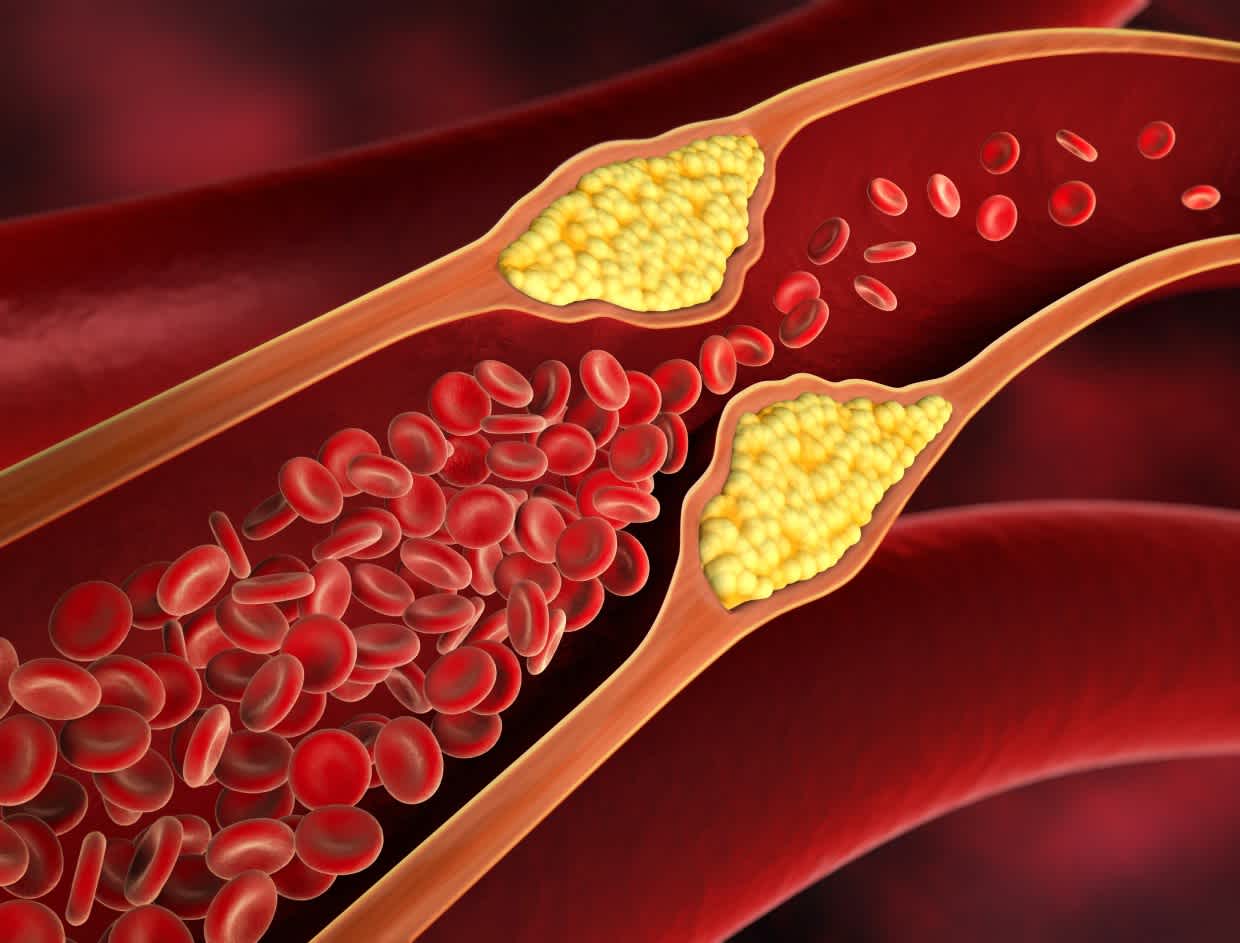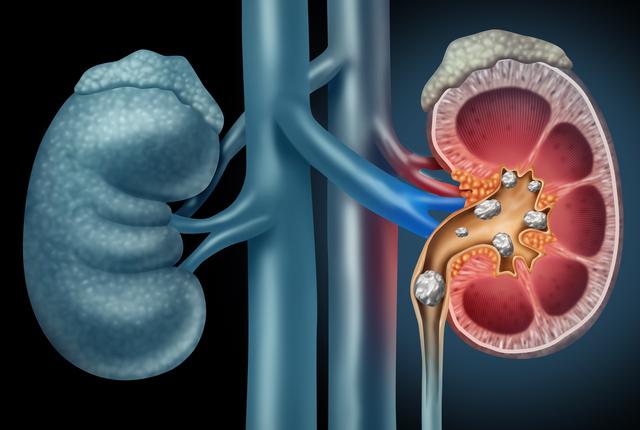Exploring H. pylori and Stomach Cancer Risk in Singapore
Published on:April 22 2024
Stomach cancer, a significant health concern globally, has strong ties to a common bacterium called Helicobacter pylori or H. pylori. While not everyone harboring this bacterium develops stomach cancer, its presence increases the risk. In Singapore and across Asia, where stomach cancer rates are notably higher than in many other parts of the world, understanding H. pylori and its implications is crucial. To shed light on this topic and to delve into the nuances of H. pylori, its link to stomach cancer, symptoms, and preventive measures tailored to the Asian context.
Unveiling the H. pylori-Stomach Cancer Nexus
H. pylori is pervasive, with various strains exerting differing effects on the stomach lining. While many individuals may remain asymptomatic carriers, certain strains heighten the risk of stomach ulcers and, significantly, stomach cancer. The interplay between H. pylori infection and stomach cancer revolves around inflammation. The bacterium triggers a cascade of inflammatory responses, leading to cell regeneration anomalies that can culminate in cancer.
Recognizing H. pylori: Symptoms and Diagnosis
Identifying an H. pylori infection entails recognizing symptoms such as chronic dyspepsia or indigestion, often accompanied by abdominal discomfort, bloating, and belching. It’s vital to distinguish dyspepsia from heartburn – Unlike heartburn, which signifies acid reflux, H. pylori tends to suppress acid production, manifesting as sour stomach rather than typical heartburn symptoms. Seeking medical evaluation for persistent symptoms is imperative, as timely detection facilitates H. pylori eradication through antibiotic therapy, potentially mitigating stomach cancer risk.
Stomach Cancer Awareness: Signs and Early Detection
Stomach cancer’s elusive nature often results in late-stage diagnoses due to delayed symptom onset. Early signs of stomach cancer are scarce. Heightened awareness and prompt medical consultation upon symptom onset are pivotal in enhancing treatment efficacy. Symptoms such as abdominal pain, loss of appetite, nausea, and unexplained weight loss warrant medical attention, particularly if they persist beyond two weeks.
Mitigating Stomach Cancer Risk: Lifestyle Strategies
In navigating stomach cancer risk, adopting healthy lifestyle practices assumes paramount importance. Dr. Lynch emphasizes several strategies tailored to the Asian context:
- Smoking Cessation: Quitting smoking significantly diminishes stomach cancer risk, highlighting the need for smoking cessation interventions in high-risk populations.
- Weight Management: Combatting obesity, a burgeoning health issue in Asia, holds promise in curbing stomach cancer incidence, given the link between excess body fat and chronic inflammation.
- Moderate Alcohol Consumption: Given Asia’s burgeoning alcohol consumption trends, advocating for moderate intake aligns with stomach cancer prevention efforts.
- Dietary Modifications: Reducing consumption of pickled, salted, or nitrate-laden foods, prevalent in Asian diets, may attenuate stomach cancer risk. Additionally, prioritizing food safety and hygiene can curtail H. pylori transmission.
- Genetic Screening and Family History Assessment: Identifying individuals with hereditary predispositions to stomach cancer enables targeted surveillance and early intervention, underscoring the importance of familial cancer history discussions.
Conclusion
H. pylori’s intricate relationship with stomach cancer underscores the imperative of proactive management strategies in Singapore and across Asia. By fostering awareness, promoting early detection, and advocating lifestyle modifications tailored to regional dietary and cultural norms, stakeholders can collectively mitigate the burden of stomach cancer in the region. Empowering individuals with knowledge and facilitating access to preventive healthcare services are pivotal in averting the dire consequences of stomach cancer.
Related articles:
Diagnosed Too Late: How Innovation Is Changing the Face of Diabetes Detection
Diabetes is often called a “silent disease” for good reason. In Singapore, a significant number...

Silent but Inherited: The Risks and Realities of Genetic High Cholesterol
When most people think of high cholesterol, they picture unhealthy diets, lack of exercise, or...

The Hidden Dangers of High Uric Acid: More Than Just Gout
When most people hear about high uric acid, they immediately think of gout—a condition infamous...



